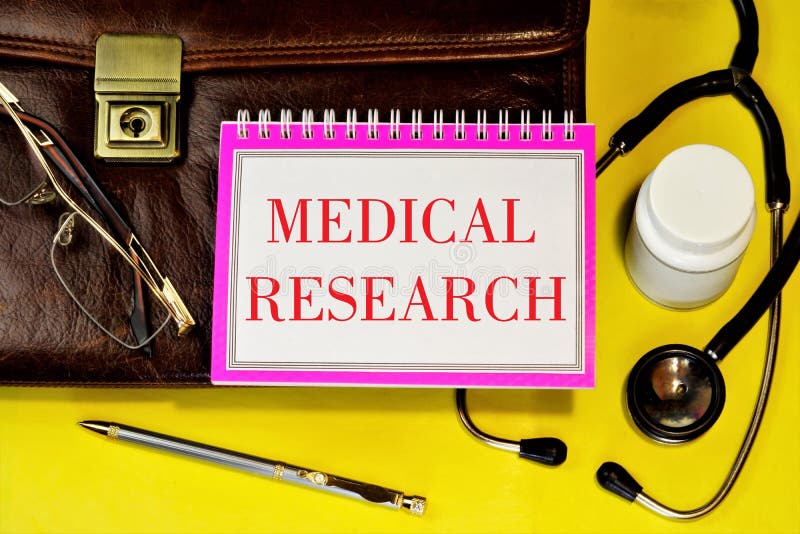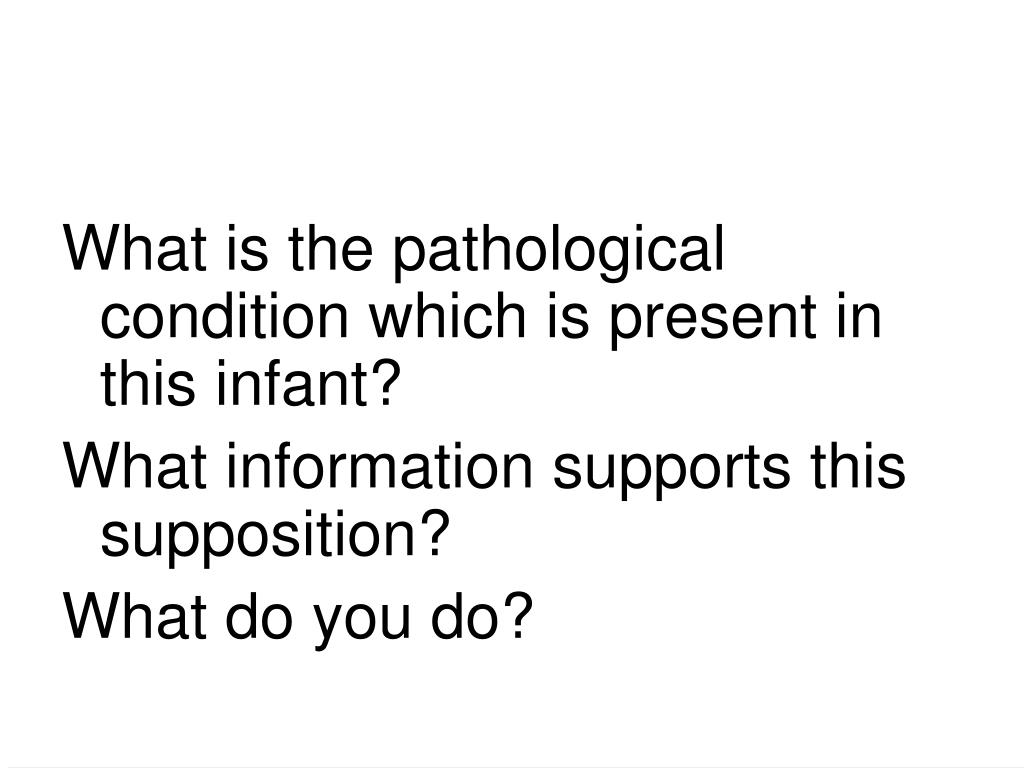

We performed routine hematoxylin–eosin stains for histopathologic evaluation. We report on the histopathologic features and detection of virus in tissues by immunohistochemistry (IHC) and electron microscopy (EM) from 8 confirmed fatal cases of COVID-19 in the United States. Pathologic evaluation and determination of virus distribution and cellular localization within tissues is crucial to elucidating the pathogenesis of these fatal infections and can help guide development of therapeutic and preventive countermeasures. The current knowledge about COVID-19 pathogenesis and pathology in fatalities is based on a small number of described cases and extrapolations from what is known about other similar coronaviruses, such as SARS-CoV and MERS-CoV ( 10 – 18). SARS-CoV-2 is highly transmissible among humans fatality rates for COVID-19 vary and are higher among the elderly and persons with underlying conditions or immunosuppression ( 8, 9). SARS-CoV-2 has >79.6% similarity in genetic sequence to SARS-CoV ( 5).

SARS-CoV-2 belongs to the group of betacoronaviruses that includes severe acute respiratory syndrome coronavirus (SARS-CoV) and Middle East respiratory syndrome coronavirus (MERS-CoV), which can infect the lower respiratory tract and cause a severe and fatal respiratory syndrome in humans ( 7). Most known human coronaviruses are associated with mild upper respiratory illness. On January 20, 2020, the Centers for Disease Control and Prevention (CDC) confirmed a case in the United States since then, all 50 US states, District of Columbia, Guam, Puerto Rico, Northern Mariana Islands, and US Virgin Islands have confirmed cases of COVID-19 ( 2 – 4).Ĭoronaviruses are enveloped, positive-stranded RNA viruses that infect many animals human-adapted viruses likely are introduced through zoonotic transmission from animal reservoirs ( 5, 6). As of May 18, 2020, World Health Organization official data reported 4,628,903 confirmed cases and 312,009 deaths ( 2). The ongoing global pandemic of coronavirus disease (COVID-19), caused by severe acute respiratory syndrome coronavirus 2 (SARS-CoV-2), was identified in Wuhan, Hubei Province, China, and has spread rapidly around the world ( 1, 2). Respiratory viral co-infections were identified in 3 cases 3 cases had evidence of bacterial co-infection. SARS-CoV-2 was detectable by immunohistochemistry and electron microscopy in conducting airways, pneumocytes, alveolar macrophages, and a hilar lymph node but was not identified in other extrapulmonary tissues. In these patients, SARS-CoV-2 infected epithelium of the upper and lower airways with diffuse alveolar damage as the predominant pulmonary pathology. All cases except 1 were in residents of long-term care facilities. We report clinicopathologic, immunohistochemical, and electron microscopic findings in tissues from 8 fatal laboratory-confirmed cases of SARS-CoV-2 infection in the United States. Characterization of the histopathology and cellular localization of SARS-CoV-2 in the tissues of patients with fatal COVID-19 is critical to further understand its pathogenesis and transmission and for public health prevention measures. An ongoing pandemic of coronavirus disease (COVID-19) is caused by infection with severe acute respiratory syndrome coronavirus 2 (SARS-CoV-2).


 0 kommentar(er)
0 kommentar(er)
